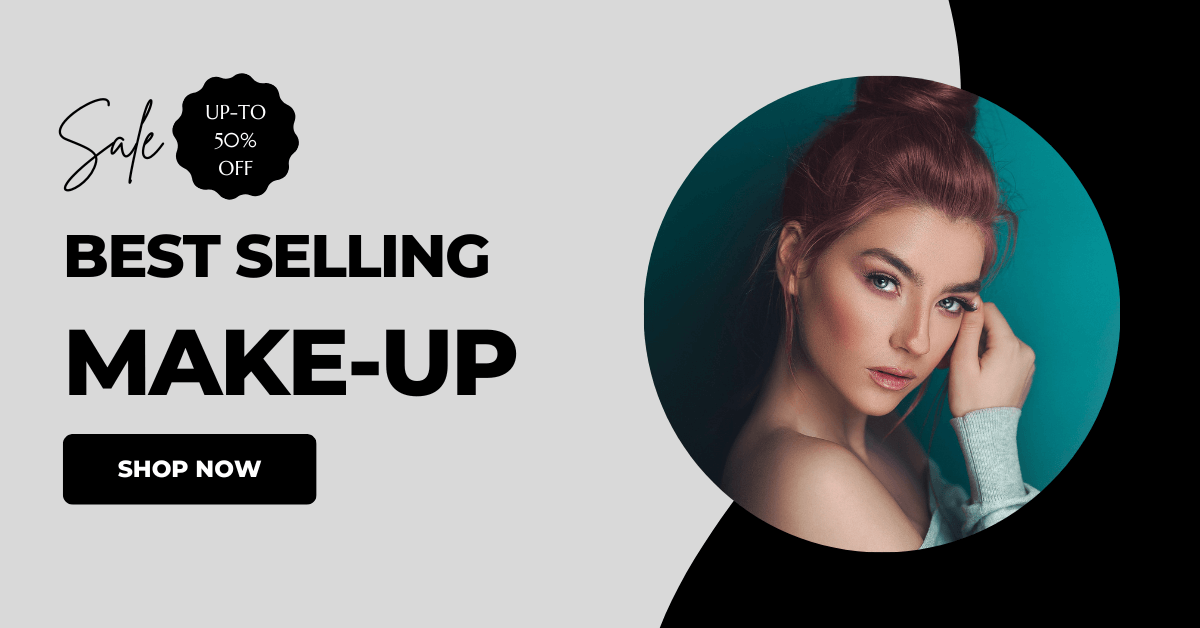Art of Contouring and Highlighting: Tips and Tricks
Contouring and highlighting are essential techniques in the world of makeup. They help to sculpt and define your facial features, create an illusion of symmetry, and enhance your natural beauty. Whether you’re a beginner or a seasoned pro, mastering the art of contouring and highlighting can be a bit challenging, but with a few tips and tricks, you’ll be able to create a flawless look in no time.

Here are Some Tips and Tricks to Help You Perfect the Art of Contouring and Highlighting:
1. Choose the Right Products
- The first step to a successful contour and highlight is selecting the right products. Choose products that are creamy, blendable, and long-lasting to avoid harsh lines or smudging.
- For contouring, opt for a product that is 2-3 shades darker than your skin tone. Matte, powder, or cream formulas all work well, depending on your skin type and personal preference.
- For highlighting, select a product that is 2-3 shades lighter than your skin tone. A shimmery or dewy finish works best for a natural glow, while a matte finish is ideal for a more dramatic look.
2. Know Your Face Shape
- Understanding your face shape is key to knowing where to apply your contour and highlight. Different face shapes require different contour and highlight techniques.
- For example, if you have a round face, you should contour the cheekbones, temples, and jawline to create an illusion of length and slimness.
- For a square face, you should contour the jawline, temples, and hairline to soften the angles and create a more rounded look.
- For an oval face, you should contour the temples and cheekbones to add definition and symmetry.
3. Start with a Clean Canvas
- Before applying your contour and highlight, make sure your skin is clean, moisturized, and primed. This will help your makeup last longer and give you a smoother, more even base.
- If you have oily skin, use a mattifying primer or powder to control shine. If you have dry skin, use a hydrating primer to add a dewy finish.
4. Apply Your Contour
- Using a brush, sponge, or your fingers, apply your contour product to the areas of your face that you want to define. Start with a small amount and build it up gradually, as you can always add more but it’s harder to remove.
- Blend the contour product outwards, into your hairline and neck, to create a natural-looking shadow.
- Common areas to contour include the cheekbones, temples, jawline, and nose.
5. Apply Your Highlight
- Next, apply your highlight to the areas of your face that you want to accentuate. This includes the top of your cheekbones, down the center of your nose, on your cupid’s bow, and under your brows.
- Use a light, dabbing motion to apply the highlight, and blend it outwards to create a natural, luminous glow.
- Avoid over-highlighting, as this can make your skin look greasy or oily.
6. Blend, Blend, Blend
- The key to a seamless contour and highlight is blending. Use a blending brush or sponge to seamlessly blend the contour and highlight products into your skin.
- Pay extra attention to the areas where the contour and highlight meet, such as the cheekbones and nose, to ensure there are no harsh lines or visible transitions.
7. Set with Powder
- To set your contour and highlight, use a translucent or skin-toned powder. This will help to lock in your makeup and prevent it from creasing or smudging.
- Apply the powder with a fluffy brush, and be sure to tap off any excess before applying it to your face.
- Focus on the areas where you applied the contour and highlight, as this is where the makeup is most likely to transfer or smudge.
8. Customize to Your Skin Type
- Contouring and highlighting can be customized to suit your individual skin type. If you have dry skin, you may want to opt for a cream or liquid contour and highlight, as these will provide more hydration and a dewier finish.
- If you have oily skin, a powder contour and highlight may be a better option, as it will help to control shine and absorb excess oil.
9. Experiment with Different Tools
- Different tools can give you different results when it comes to contouring and highlighting. Experiment with brushes, sponges, and even your fingers to find what works best for you.
- For example, a beauty blender or dampened sponge can help you achieve a natural, airbrushed look, while a brush can give you more precision and control.
10. Practice Makes Perfect
- Finally, remember that practice makes perfect when it comes to contouring and highlighting. Don’t be discouraged if your first few attempts aren’t exactly how you envision them. Keep practicing, and soon you’ll be able to create a flawless look in no time.
Contouring and highlighting are powerful tools in the world of makeup that can help you enhance your natural beauty and create a flawless, sculpted look. By following these tips and tricks, you’ll be able to master the art of contouring and highlighting in no time. So go ahead, experiment, and have fun!
Subscribe to Newsletter






